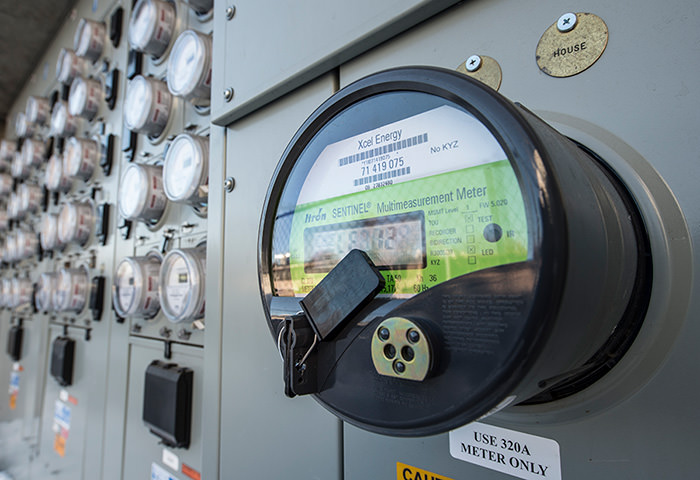BuildingSync Website
June 30, 2021BuildingSync launches its new website to help socialize the schema and organize resources for developers, auditors, and practitioners to get started with BuildingSync
BuildingSync® is a common schema for energy audit data that can be utilized by different software and databases involved in the energy audit process. It allows data to be more easily aggregated, compared, and exchanged between different databases and software tools.
This streamlines the energy audit process, improving the value of the data, minimizing duplication of effort for subsequent audits, and facilitating achievement of greater energy efficiency.
BuildingSync was developed to address the lack of an industry-standard collection format for energy audit data. Standardizing energy audit data can help energy auditors, software providers, building owners, utilities, and other entities by maximizing the value that can be obtained from each set of data – value obtained through collaboration, comparison, and reuse.
Find out moreValidate your XML file against different schema versions and use cases
Explore available tools to help you author valid BuildingSync files.
View the schema structure and data dictionary
Explore publications and presentations
Read about the BETTER case study.
Explore current BuildingSync use cases
"At Audette we build roadmaps for large property portfolios to get to carbon neutral. Our analytics are trained on historic energy, equipment, and audit data. In order to get this data into a usable format we apply the BuildingSync schema. It has helped us to get insights faster, and with more accuracy."

BuildingSync launches its new website to help socialize the schema and organize resources for developers, auditors, and practitioners to get started with BuildingSync

BuildingSync releases the 2.6.0 version of the schema which includes several enhancements. There is no breaking change associated with this release.

New Use Cases have been added to the selection tool. Included in that is a use case for running a BuildingSync file through an NMECR analysis via the Bsyncr R package.
Releases
Use Cases
Partnerships